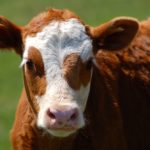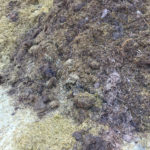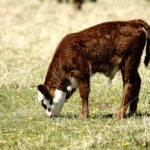Averages are useful statistics, but sometimes averages can be misleading. As the University of Saskatchewan’s late Iain Christison said, “the average human has one breast and one testicle.” Canada’s rainfall may be close to average this year — but much of the country is experiencing severe drought, and most of the rest is soaked. Either […] Read more













